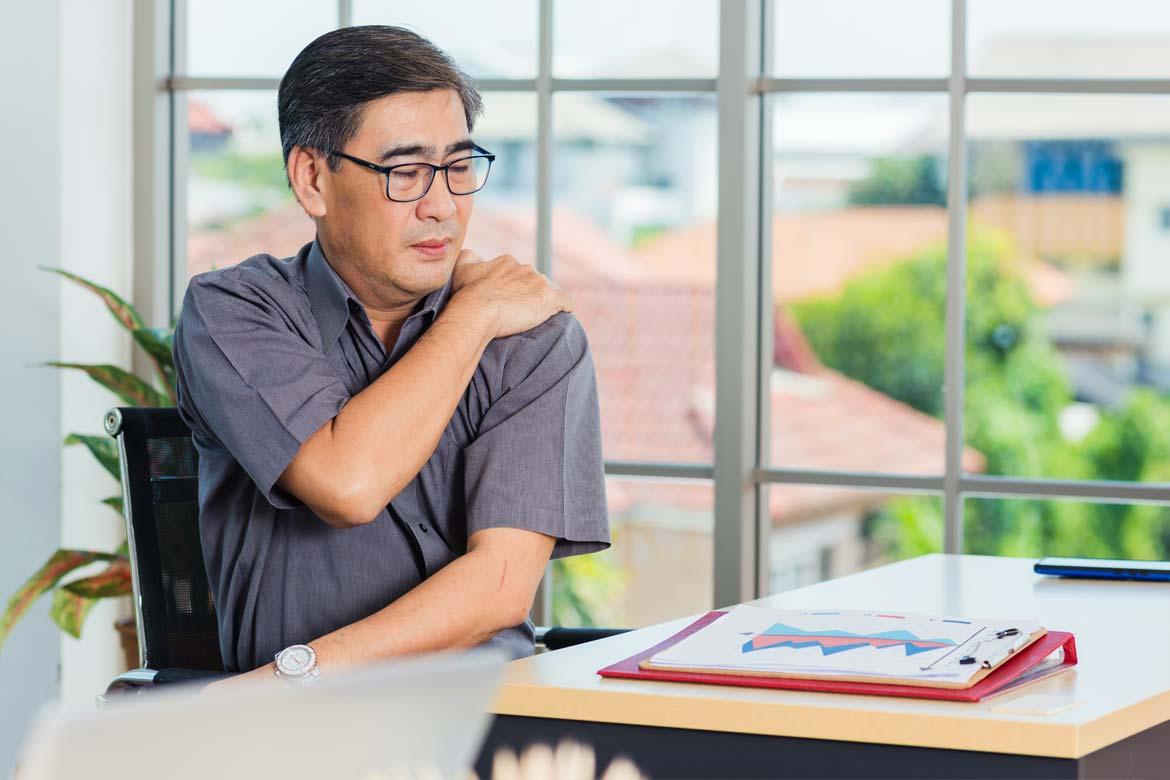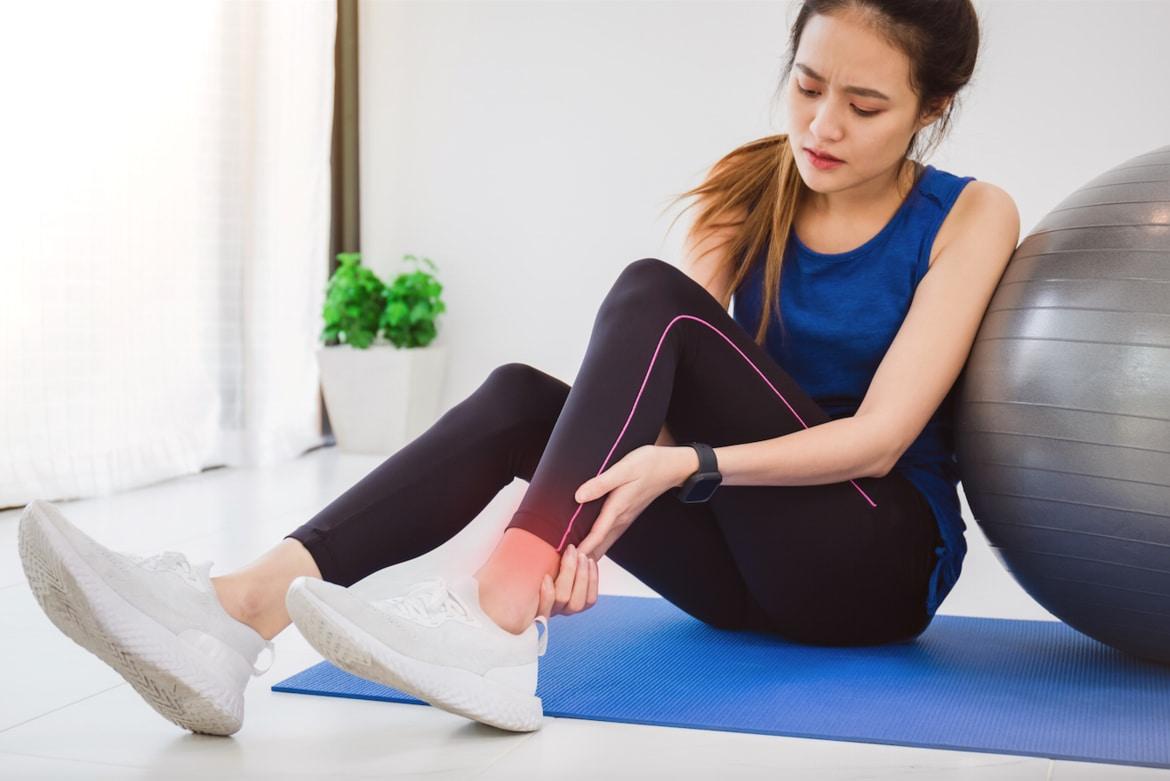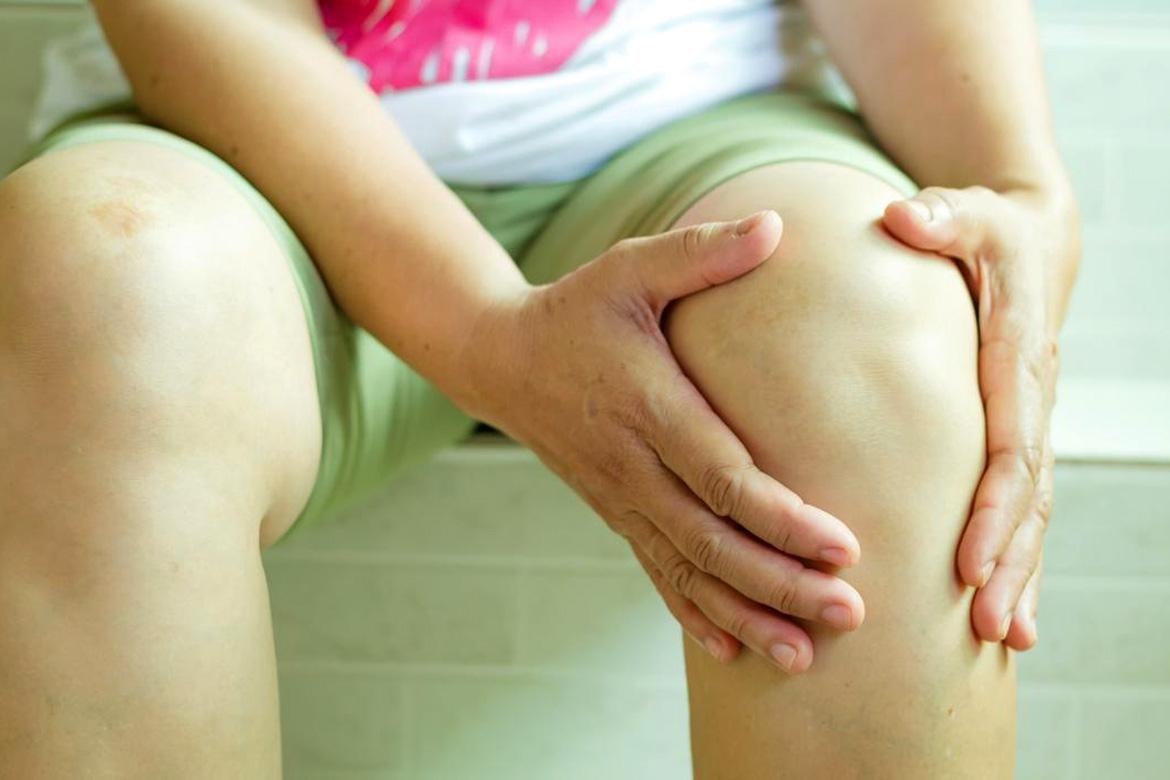What is arthroscopy?
Arthroscopy is a surgical technique for diagnosing and treating joint problems. Your surgeon will make a small incision before inserting a narrow tube (less than 5 millimetres) attached to a video camera. This allows them to view the damage in your joints that need to be repaired.
If treatment via arthroscopy is an option for you, your surgeon will make additional small incisions around the affected joint. Using small, thin surgical instruments that they insert through these incisions, they will proceed to repair the damage without having to make traditional, large incisions.
Compared to open surgery, arthroscopy:
- Feels less painful
- Has a shorter recovery time
- Is less invasive
- Leaves minimal scarring
Why do you need an arthroscopy?
Arthroscopy helps your doctor diagnose and treat joint conditions that affect the:
- Ankle
- Elbow
- Hip
- Knee
- Shoulder
- Wrist
The types of conditions and injuries that arthroscopy can fix include:
- Arthritis
- Damaged or torn cartilage
- Inflammation at your joint linings
- Loose bone fragments
- Scarring in your joints
- Torn ligaments
- Torn meniscus
- Torn shoulder or hip labrum
Who should not undergo an arthroscopy?
There is medical research showing that individuals with advanced arthritis will not benefit much from a knee arthroscopy, and may need a knee replacement instead.
Your surgeon will discuss with you if they find that open surgery or other types of joint treatments would be better for you.
What are the risks and complications of arthroscopy?
In general, arthroscopy is a low risk procedure. Potential complications may include:
- Blood clots in the veins, although this is rare.
- Damage to your tissues or nerves, which may be caused by the placement and movement of the arthroscopic instruments inside your joint.
- Infection, which is a standard complication of all surgeries.
How do you prepare for an arthroscopy?
You can prepare for an arthroscopy by doing the following:
- Fast for 6 – 8 hours. You should avoid eating or drinking up to 12 hours before the surgery to minimise complications with the anaesthesia that will be given to you.
- Inform your doctor about any medication that you are taking. You may need to stop taking certain medicines before the surgery to avoid complications.
What can you expect in an arthroscopy?
In most cases, an arthroscopy can be completed as a day surgery.
Estimated duration
The duration of an arthroscopy varies. A simple knee arthroscopic debridement may need less than an hour but complex reconstructions can take 3 hours or more.
Before the procedure
Your doctor will give you either regional or general anaesthesia before your arthroscopy. They will explain which is the suitable option for you and why.
During the procedure
Your doctor will make one or multiple small incisions in the affected joint to insert the arthroscope (camera). They will then pump in saline solution to expand your joint and make it easier for them to see inside. The repair work will be done by inserting small tools through these incisions.
After the procedure
When your doctor is done, they will drain the saline from your joint and close the cuts with stitches.
Care and recovery period for knee arthroscopy
As arthroscopy is a minimally invasive procedure, recovery time is shorter compared to open surgery. Light activity is possible within 1 – 3 weeks.
The exact time it takes to fully recover depends on the procedure and differs from person to person. In general, you will likely be able to resume low impact activities after 6 – 8 weeks.
You should arrange for someone to look after you, at least for the first day after the surgery.
Your doctor will advise you on home care which may include the following advice:
- Apply ice packs to reduce swelling and pain
- Change the dressing regularly to prevent infection
- Get sufficient rest
- Keep your joint elevated for several days after surgery
- Relieve pressure on the joint by using splints, such as braces (for knee) and arm slings (for shoulder), or crutches
- Take pain medication as directed
Your doctor will also give you exercises to do at home, or will recommend a physical therapist for you. The exercises will help restore your full range of motion and strengthen your muscles.
You will also need to attend a follow-up appointment a few days after the procedure so that your doctor can check on your healing.
If non-dissolvable stitches were used, there will also be another appointment within 1 – 2 weeks to remove them.










